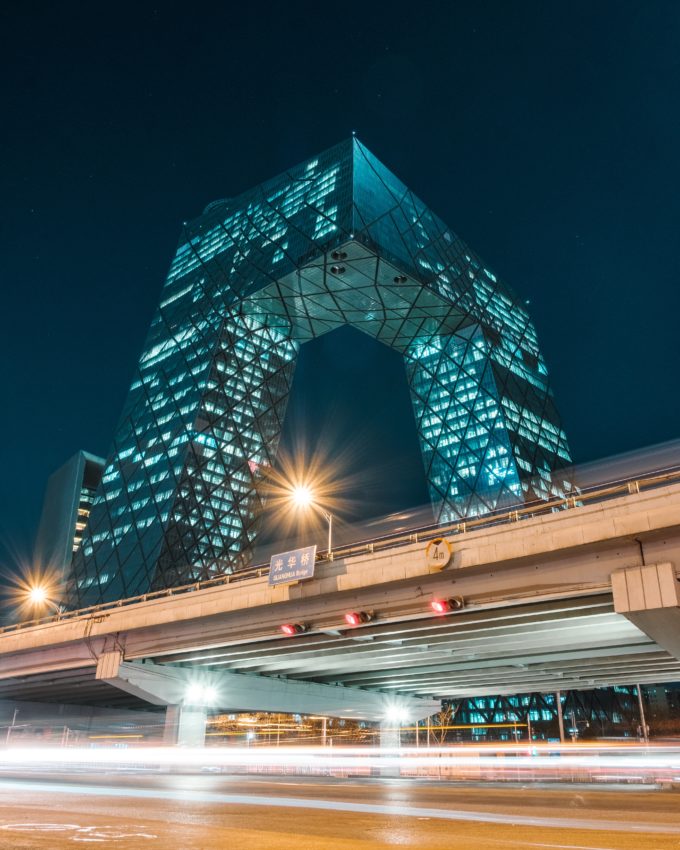Restrictions and lockdowns herald even worse disruption for 2022. Multinationals should rethink operations to deal with disruption to manufacturing capacity.
China’s “zero-COVID” strategy risks stretching further already tight global supply chains, threatening production of goods from smartphones to semiconductors and, ultimately, the earnings of multinational companies. Many executives are optimistic because pandemic restrictions are being lifted around the world; but there is a very important exception, China, which will continue to have a significant impact on global supply chains.
This should act as a warning to organizations. They should continue to regionalize supply chains and develop nearshoring, as well as increasing the supplier base, raising the level of inventory, and diversifying raw materials.
To contain the highly infectious Omicron coronavirus variant ahead of this month’s Winter Olympics, Beijing tightened control measures in late December, despite85% of its population being fully vaccinated. Researchers have found that China’s Sinopharm and Sinovac shots are ineffective against Omicron.
Even as the West eases restrictions, China’s battle to contain the pandemic risks dragging the supply chain crisis on until at least 2023.
Measures such as mandatory tests, stronger travel controls and local lockdowns have been imposed in Tianjin, a port city of 14 million people near Beijing, several cities in the central province of Henan (home to the world’s largest iPhone factory operated by Foxton of Taiwan), and the manufacturing clusters Zhongshan and Zhuhai, near Hong Kong.
What does this mean for the C-suite? The ramifications for multinationals are likely to be even more severe than earlier waves of the pandemic — because supply chains around the world are already reeling from shortages, delays and surging costs.
Carmakers Volkswagen and Toyota were forced to close factories in Tianjin last month. Factory production at Samsung and Micron, important semiconductor producers amid a shortage, has also been affected in Xian. The northern city was locked down for a month until late January, with authorities forcing 13 million people to stay indoors.






